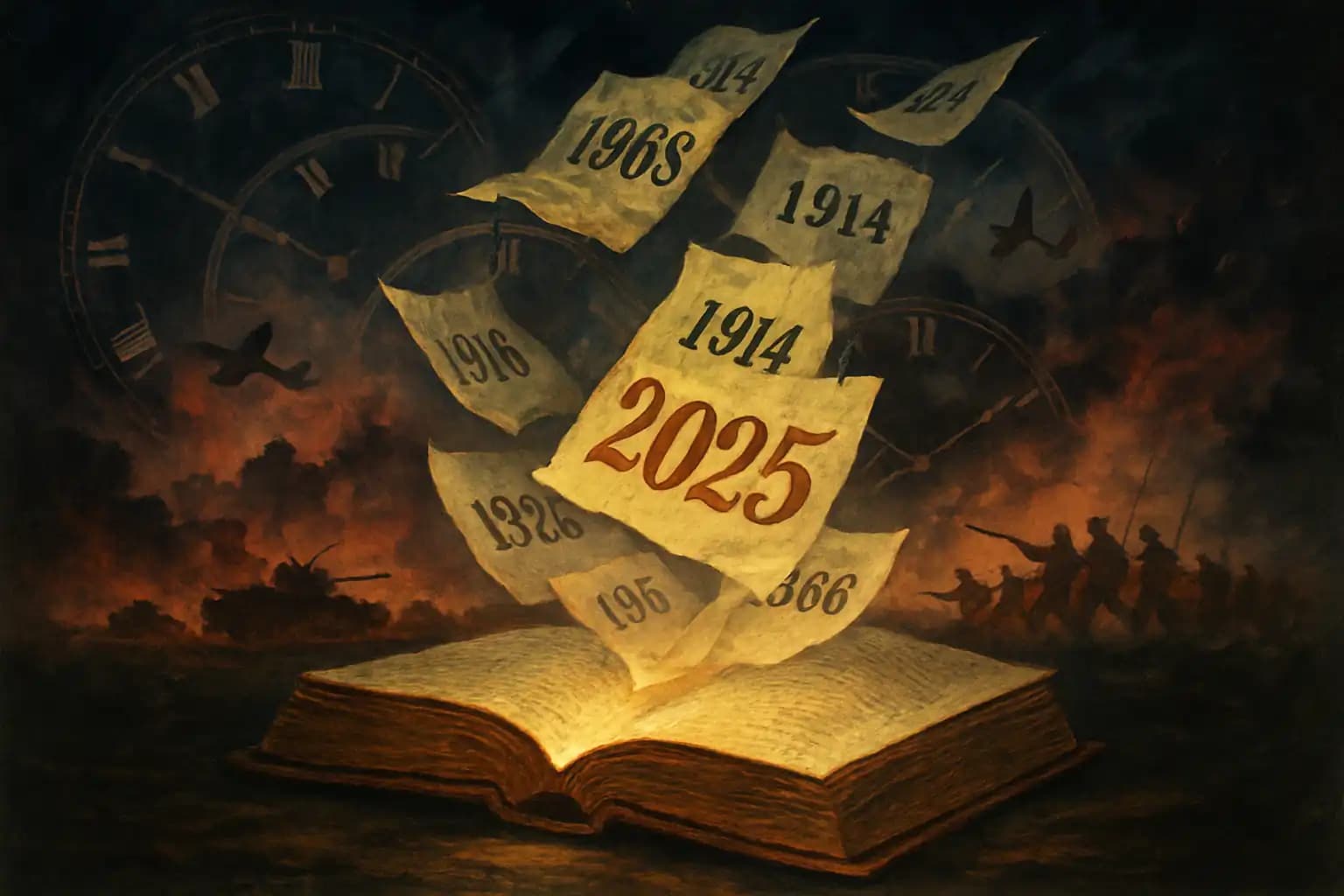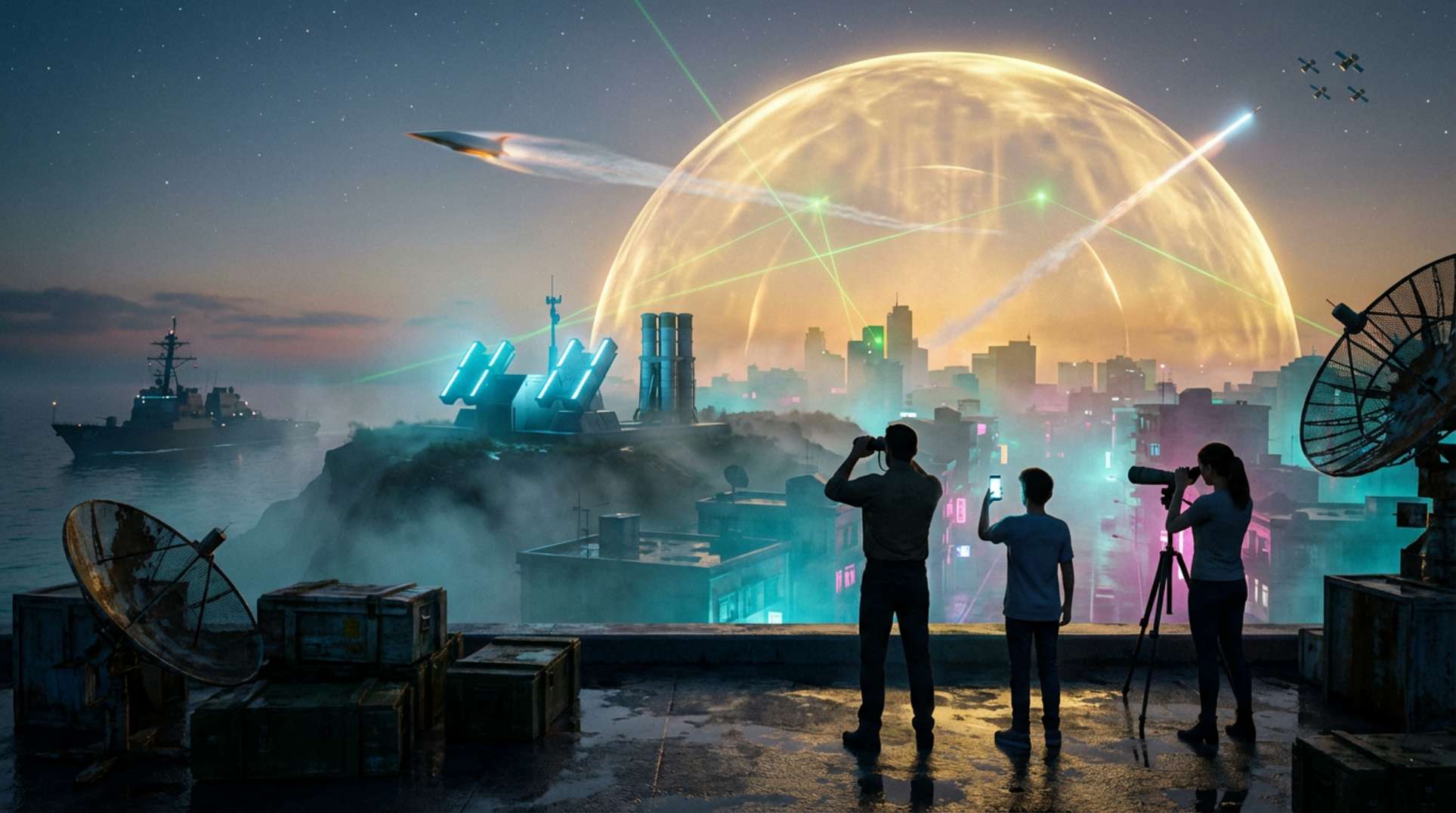The prophecy lingers. Twenty-seven years after psychic Jeane Dixon died, one note from her worn notebook ricochets across the internet: “Between 2025 and 2037, a great conflict will begin in Asia and spread across the world.” Dixon claimed she had visions throughout her life—everything from John F. Kennedy’s death to an assassination of a future pope. Now, the date 2025 has become viral content. Algorithms push the quote each time geopolitical tensions rise, turning her words into a countdown.
This fixation makes sense. We live in an era where runaway AIs write code faster than regulators grasp it, governments harden bunkers, and regional conflicts like India-Pakistan skirmishes rattle nuclear sabers. Add concerns documented in geomagnetic studies and ecological tremors outlined in tectonic briefings, and Dixon’s timeline feels more plausible than folklore. Yet one question persists: prophecy or projection?
Jeane Dixon’s Prophetic Track Record and 2025 Prediction
Dixon gained fame in 1956 with a Parade interview predicting a Democratic president who would “be assassinated or die in office.” When John F. Kennedy was shot seven years later, her reputation soared from parlor trick to national phenomenon. Her biography, A Gift of Prophecy, sold three million copies, making her a household name. During this time, she wrote the line now causing anxiety: a war led by a rising China starting in 2025, rolling westward for twelve years.
<p Mainstream outlets frequently resurrect the quote. A popular Daily Mail breakdown, the top Brave result on her 2025 warning, is here. Another piece from News and Java delves into the purported China–Russia angle here. India’s Times of India provides a local perspective, aligning Dixon’s vision with the current BRICS shift here. All three articles rely on the same source: Dixon’s 1969 memoir, My Life and Prophecies.
Her fans highlight successes—JFK, the 1986 Challenger disaster, and vague hints about 9/11. Critics point out misses: Richard Nixon’s reelection, an 1980s cancer cure, and a Middle Eastern child messiah by 2000. Skeptics label this the “Jeane Dixon effect,” referring to believers remembering the hits and ignoring the misses.
Parsing the Politics: China, Russia, and the 2025 Flashpoint
When Dixon made her 2025 forecast, China still struggled post-Cultural Revolution; Russia had yet to shed its Soviet identity. Today, Beijing boasts the world’s largest navy, while Moscow’s war in Ukraine reshapes alliances. Dixon envisioned China stabilizing economically, then pushing north to claim Russian land. More plausible? The Pentagon’s latest China Power Report predicts capacity for projecting force beyond the first island chain by—yes—2025. RAND analysts warn of an “acute risk window” for Taiwan. Even Indo-Pacific war-game scenarios acknowledge the region could ignite without warning.
Overlay Dixon’s prophecy on that geopolitical landscape, and confirmation bias flourishes. Yet historians caution that long-range forecasts often misfit current fears. During the Cold War, futurists asserted that 1990s food riots would topple America; instead, we saw the dot-com boom. The urge to align real events with Dixon’s narrative reflects 2024’s global anxiety as much as any psychic foresight.
Science Versus Second Sight: Evaluating Psychic Accuracy
The academic consensus on precognition is unfavorable. Controlled experiments rarely achieve beyond statistical noise. According to the Jeane Dixon entry on Wikipedia, she reversed her JFK prediction months before the 1960 election, predicting a Nixon victory instead. Like many psychics, her track record blends bold claims with quiet revisions.
Still, humans love narratives. We weave Dixon’s dramatic tale into current fears—AI runaway systems, chronicled in satellite defense debates, or supply-chain disruptions inspiring oil-price doom loops. Prophecy provides coherence, linking chaotic dots. Psychological studies show belief in prophecy increases during uncertainty, serving as an emotional stabilizer even for secular audiences.
Digital Megaphones: Why Jeane Dixon Trends Harder in 2024
The modern media landscape amplifies old predictions. TikTok edits feature Dixon audio over mushroom-cloud B-roll; YouTube explainers accumulate millions of views analyzing her memoir. One clip cites rising solar-flare activity reported in space-weather briefings as “proof” that celestial events validate her timeline. Another shares footage of South Asian missile strikes, presenting them as precursors to her predicted global conflict.
<p Engineered virality ensures each new crisis revitalizes Dixon’s brand. Traffic analytics show a 600% spike in visits to her Wikipedia page each time Taiwan airspace buzzes. This cycle turns prophecy into a self-replicating meme: fresh evidence, fresh clicks, fresh believers.
Preparedness or Panic: How Institutions Quietly Hedge 2025
Most governments disregard psychics in official risk assessments, yet their planning timelines increasingly overlap with Dixon’s window. The U.S. naval shipbuilding schedule rushes four Constellation-class frigates into service by—once more—2025. Japan’s Self-Defense Forces conduct their largest civil-defense exercise since Fukushima for 2025. Even corporate continuity briefs mention “mid-decade escalatory scenarios,” terminology that would have seemed paranoid a decade ago.
Private citizens are acting too. Google Trends shows searches for “long-term food storage” surge each time Dixon’s quote circulates in mainstream media. Emergency-prep forums reference her timeline alongside real hazards like the Cascadia quake or the “pole-shift” fears discussed in geomagnetic discussions. The distinction between rational preparation and prophetic panic blurs.
A Final Vision or Another False Alarm?
Dixon predicted Armageddon in 2020, which obviously didn’t occur. She foresaw world peace by 2000—a monumental miss. Yet her 2025 war prophecy captivates public attention because real-world risks have aligned with her fictional timeline. The real insight may not lie in mystical foresight, but in our collective craving for stories that impose structure on rapid change.
On January 1, 2026, pundits will label Dixon’s prediction either a hit or file it as another miss under “forgotten forecasts.” Until then, the ticking clock serves as a comforting narrative device. It gives us a finish line to sprint toward with diplomacy, innovation, or at least improved disaster preparedness.
Whatever happens, one truth remains: humanity’s future won’t be determined by crystal balls but by boardrooms, laboratories, and voting booths. Still, many will watch Dixon’s old paperback, waiting to see if its last chapter shifts from pulp curiosity to headline reality. In an age overwhelmed by data yet hungry for meaning, even a 55-year-old prophecy can still influence markets, policy, and human imaginations.
For those tracking every omen and consequence, Unexplained.co will continue archiving the clues—prophetic or otherwise—long after the 2025 clock strikes midnight.




